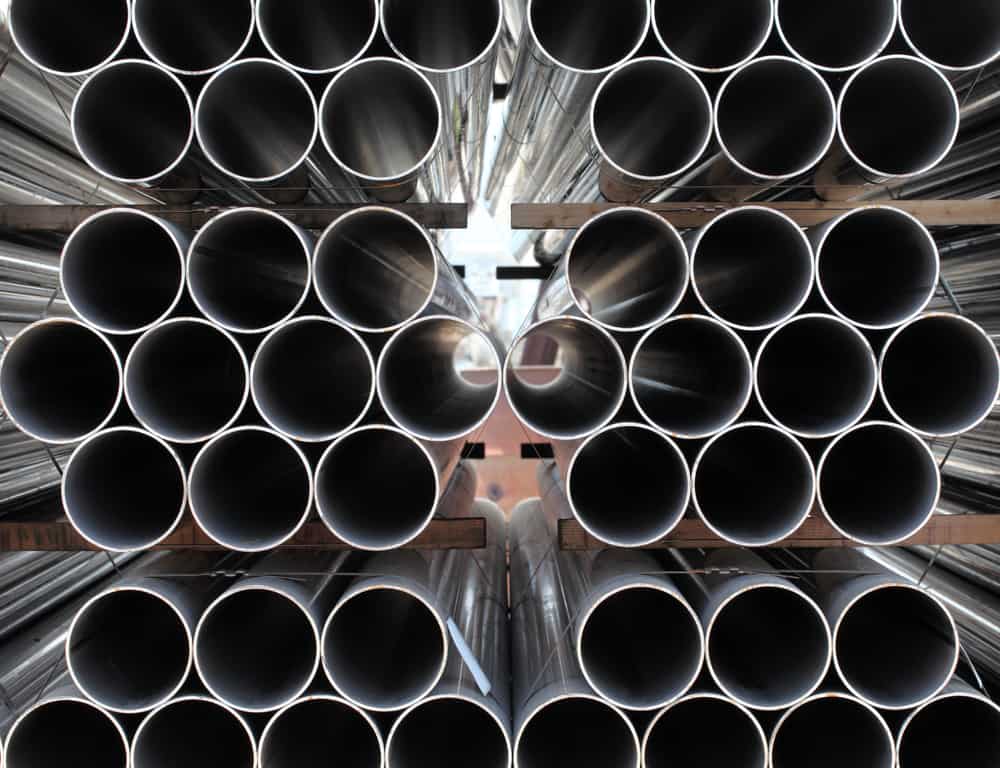
The strength and corrosion-resistant properties of stainless steel make it highly preferred for a wide range of heavy-duty applications across industries. Chromium in stainless steel reacts quickly with the surrounding oxygen to form a thin chromium oxide layer on the surface that protects the iron in the alloy from degradation and corrosion.
Variations of stainless steel—including austenitic, ferritic, martensitic, and duplex—offer unique properties and advantages for welding; however, they can also present metallurgical challenges. Gas Tungsten Arc Welding (GTAW) or Tungsten Inert Gas (TIG) welding addresses these metallurgical challenges with a high level of control over heat input, allowing stainless steel to maintain its unique properties.
While GTAW, or TIG, offers the most control when welding stainless steel, there are still several challenges inherent to welding stainless steel pipe welding. Below, we discuss some of these challenges and how orbital welding can address them and simplify the process.
Common Challenges to TIG Stainless Steel Pipe Welding
Stainless steel and its variations display different heat treatment reactions as compared to other metals, which poses challenges to pipe welding. The following two stainless steel properties contribute to the varied heat treatment reactions:
- Thermal Conductivity- The low thermal conductivity of stainless steel does not allow heat to distribute rapidly throughout the metal.
- Thermal Expansion- The coefficient of thermal expansion for stainless steel is higher and can result in warping from high temperatures during welding.
These properties lead to cracks and may change the properties of metals during stainless steel pipe welding. As a result, weld strength may be compromised. For example, austenitic steel is susceptible to hot cracking at an interpass temperature of more than 150 degrees celsius. Ferritic stainless steel is likely to witness grain growth beyond an interpass temperature between 100 degrees and 120 degrees celsius. Martensitic stainless steel, being less ductile, suffers from hydrogen cracking due to sudden heat from welding and sudden quenching.
Although the TIG, or GTAW, method offers heat control during welding, manual welders still need to stop and restart to reduce the total heat applied to the workpiece. This increases the risks of weld contamination while the uneven heating and cooling cause distortion and cracking of thin stainless steel pipes. The following are some key challenges of manual TIG stainless steel pipe welding:
- Weld Quality- In manual TIG welding, the weld quality subject to inconsistencies resulting from welder inexperience, confined workspaces, or even welder fatigue that can affect the neatness of the welds.
- Weld Consistency- As a welder becomes tired, the arc length can vary, leading to inconsistent welds. The welder might even touch the tungsten electrode to the surface and contaminate the weld.
- Welder Experience- TIG stainless steel pipe welding is a complicated process that requires extensive practice to perform strong, consistent, pure-finished, and aesthetically pleasing welds. As a result, finding skilled welders for manual TIG welding is a challenge.
Because human fatigue significantly affects the quality and consistency of welds, even highly skilled welders find it challenging to meet production goals through a manual TIG welding process. Automated orbital welding addresses these factors by removing human error from the stainless steel pipe welding process.
How Orbital Welding Simplifies TIG Stainless Steel Pipe Welding
Orbital welding allows a steady and predictable welding schedule when compared with TIG manual welding, enabling welders to meet production timelines. Increased control over weld parameters in orbital welding is particularly helpful when addressing issues such as heat distortion, a primary concern of TIG stainless steel pipe welding. The automated welding method supported by advanced weld heads and controllers provides the following benefits:
- Flawless and Consistent- The steady speed, arc length, and oscillation offered by orbital welding results in flawless, contamination-free welds. The weld head travels consistently and yields high-quality and repeatable welds ideal for high-specification projects.
- Remote Monitoring- Orbital welding makes it possible to optimize the welding parameters mid-weld in case of any unexpected issues that could lead to the distortion of stainless steel pipes. The remote weld pendant lets operators closely monitor the process from a comfortable distance and adjust/override the controls and parameters while avoiding potential safety risks of welding in confined spaces.
With TIG stainless steel pipe welding, it is important to understand the characteristics of the type of stainless steel used to achieve high-quality welds. Stainless steel pipe welding can be more challenging and can lead to rework and damaged material. The high degree of control offered by orbital welding addresses the specific challenges of TIG stainless steel welding to improve the precision and quality of welds while providing a safe work environment for welders and increasing overall productivity in low-tolerance environments.
Arc Machines, Inc. provides a range of advanced weld heads for TIG stainless steel pipe welding. For inquiries regarding our products, contact sales@arcmachines.com. For service inquiries, contact service@arcmachines.com. Contact us to learn more about our orbital welding solutions.




